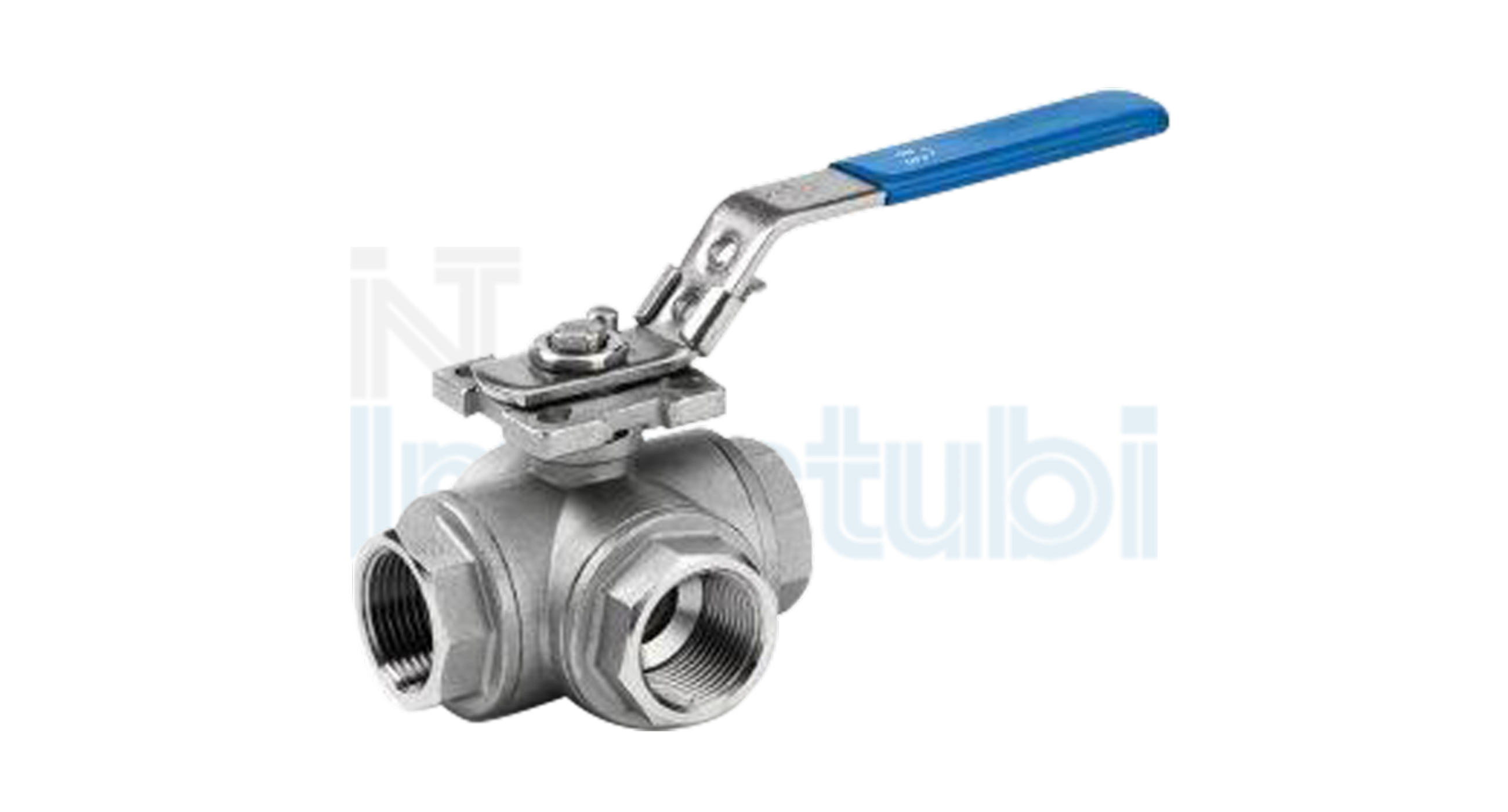In the extended family of valves used for both hydraulic and gaseous fluids, there are ball valves, i.e. valves characterized by a spherical obturator that allows the opening, closing and reduction of the flow through a 90 ° rotation around its axis.
Although the operation is very simple and characterized by a rod that causes the shutter to move, the construction of these valves can be carried out in various ways and through the use of both metallic and polymeric materials.
Metal ball valves
Among the most used materials for the realization of
ball valves is the brass family, especially when the pressures of interest belong to a medium-low range. This material is an alloy of copper and zinc heavily used not only for its anticorrosive properties, but also because it is a ductile and tenacious material which, even forming long and unwanted chips during processing, with corrective measures regarding the chemical composition can be perfect to achieve tight tolerances with little effort.
Other important materials for making these valves are carbon steels and stainless steels. The former are characterized by fewer alloy elements and, therefore, are less expensive but also less performing than the latter which, thanks to high percentages of chromium and nickel, have excellent corrosion resistance.
Polymer ball valves
In addition to metallic materials, polymeric materials represent a class of materials widely used for the construction of ball valves, especially when the fluids conducted are neither too hot nor highly corrosive. In fact, despite having modest mechanical properties compared to the metallic materials mentioned above, these materials have enormous advantages in terms of forming and cost. Among the main ones, we can mention:
- PVC: one of the most widespread polymers and used above all for its characteristics relating to the hot molding process. Being easily formable, in fact, it is suitable for the production of valves and similar components. An important problem, however, is chemical instability, especially at high temperatures: for this reason, additives of various kinds and stabilizers are usually added;
- PP: it is the second most widespread polymer and has good mechanical characteristics, especially in the semi-crystalline form (isotactic PP). In fact, it has an important breaking load combined with a density lower than that of water and good thermal stability. Also in this case, the use of copolymers and additives can be useful to further improve their properties;
- PVDF: biologically inert polymer and characterized by a higher melting T than the previous ones. Thanks to the high fluorine content, it has an important chemical inertness that makes it suitable for anticorrosive applications.
